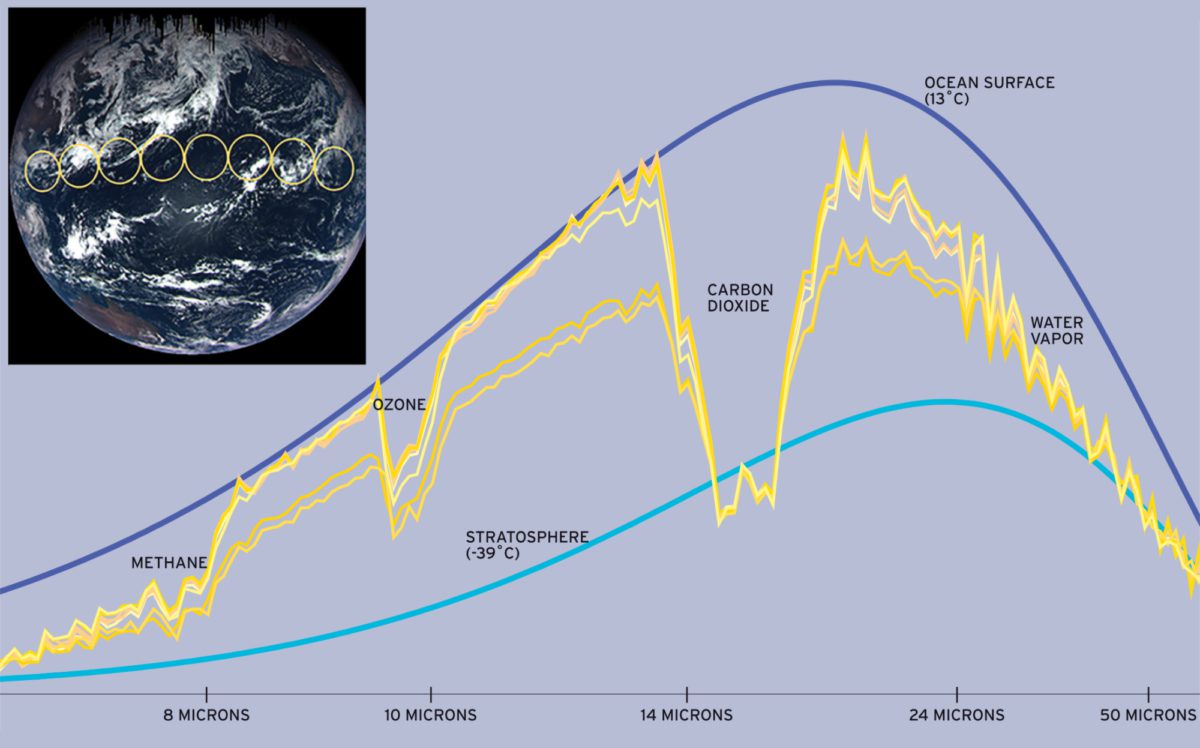Squiggly lines

INSET: The OTES instrument gathered its spectral data at nearly the same time that MapCam took this photo. The yellow circles, each 800 kilometers (500 miles) in diameter, show the approximate locations and sizes of the spots on Earth scanned by OTES to produce these curves. NASA / GSFC / UA / ASU / The Planetary Society


 Explore Worlds
Explore Worlds Find Life
Find Life Defend Earth
Defend Earth

